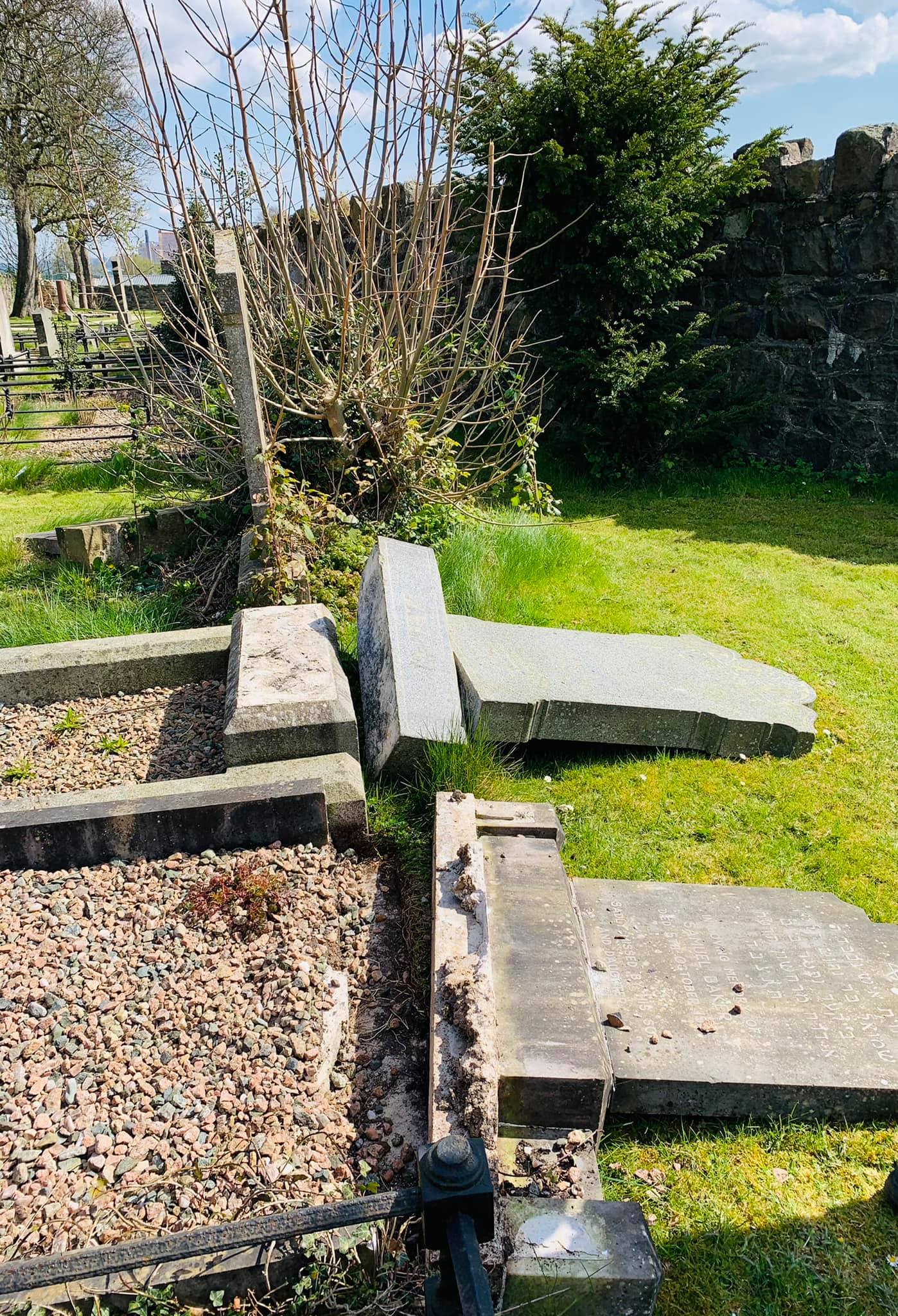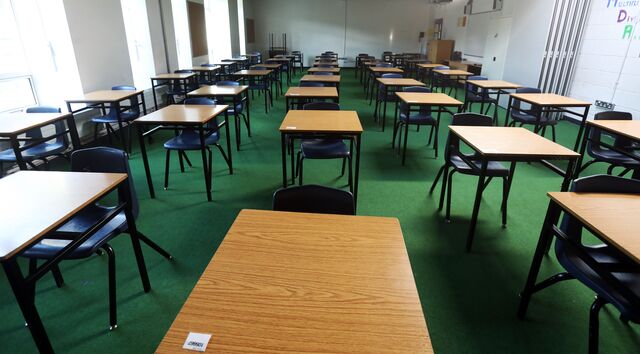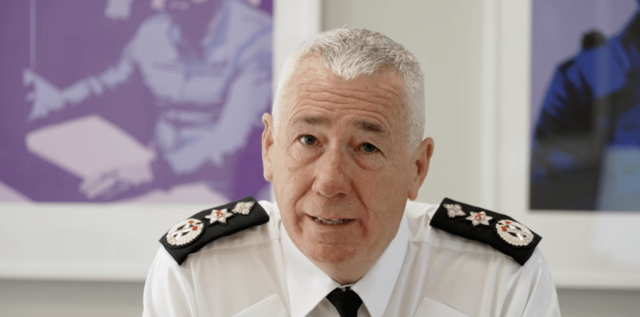THE final scene in the masterpiece Schindler’s List features Holocaust survivors, or their relatives, laying stones on the grave of Oskar Schindler in Jerusalem. It is a poignant moment at the end of a story of courage, and overwhelming devastation.
There are so few Jews left in Belfast today compared to decades past. The graves of their parents and grandparents, and the memory of those whose descendants have left Ireland is surely something to be treasured.
The Jewish Cemetery in the City Cemetery is part of European Jews’ history. Given the attempt in the mid-20th century to wipe out all Jews, the memory of Judaism in Europe, particularly in its physical form, is sacred.
Those that survived in Europe were in the main lone survivors. Lone survivors of families and often full communities. Few Jews killed by the Nazi regime had graves. So, the graves of Jews anywhere carry the memory of that person and of a persecuted people.
The destruction of any grave is an attempt to destroy memory. When memory offends, the physical representation of a people is often targeted. The breaking of headstones of members of our Jewish community in Belfast’s City Cemetery is utterly despicable. The act of criminal damage was rightly condemned across our community with West Belfast faith leaders taking the lead. Blind hatred does not seek explanation, and nor is explanation possible, but it can and must be challenged.
Ex-Mayor and historian Tom Hartley, in his seminal book Belfast City Cemetery gives a complete record of the space created for the Jews of Belfast at the end of the 19th Century. He refers to “a great sadness” pervading the Jewish burial ground, which he says, “tells the story of the Jewish diaspora”. A walk through that space reveals those that could afford a grave and a dedicated monument to the Jewish “poor” erected in 1931. It, along with the others’ graves, including those desecrated last week, are inscribed in Hebrew.
“Hebrew” and “Jew” are terms which have been hated in Europe for centuries. The persecution of the Jew and their physical expression of culture and religion in Europe has been part of the history of Europe itself. The rise and fall of despots, autocrats and monarchs in Europe is matched by the exile and murderous pogrom of Jews, particularly in Eastern Europe. From pure chance and a decision taken in the late 19th or early 20th century by their relatives to move to Belfast from Europe, Belfast Jews had not lived under Nazi occupation. They survived because of a chance decision.
When I was young, I attended the Jewish school in Dublin. My friends were the children of the children of the Holocaust. Their parents or grandparents had survived. There were no extended families. Few had aunts and uncles, nobody had great aunts or great uncles.
Those that survived in Europe were in the main lone survivors. Lone survivors of families and often full communities. Few Jews killed by the Nazi regime had graves. So, the graves of Jews anywhere carry the memory of that person and of a persecuted people. Some of that explains the tradition of placing stones on graves. The placing of stones on graves in the Jewish tradition symbolises the permanence of memory. Flowers fade and wilt, stones remain.
West Belfast should consider the Jewish cemetery one of the jewels in our crown. We should all be part of rebuilding those graves, and also memory.
Tom Hartley began the restoration of memory with his book. We can all place our stones pledging our solidarity to memory and saying, “Never Again”.








